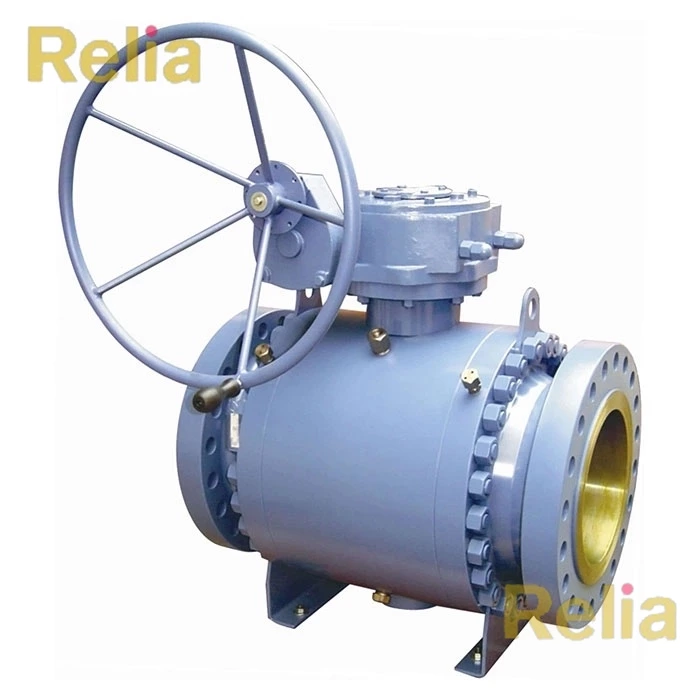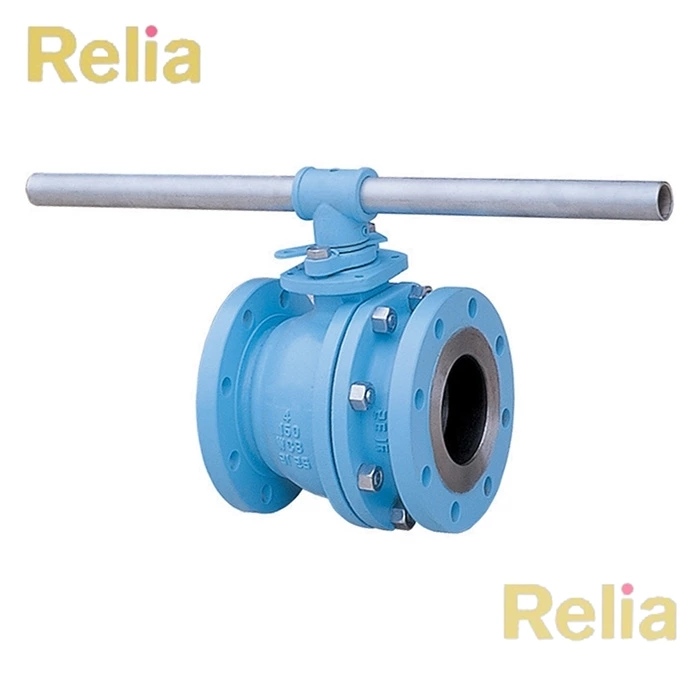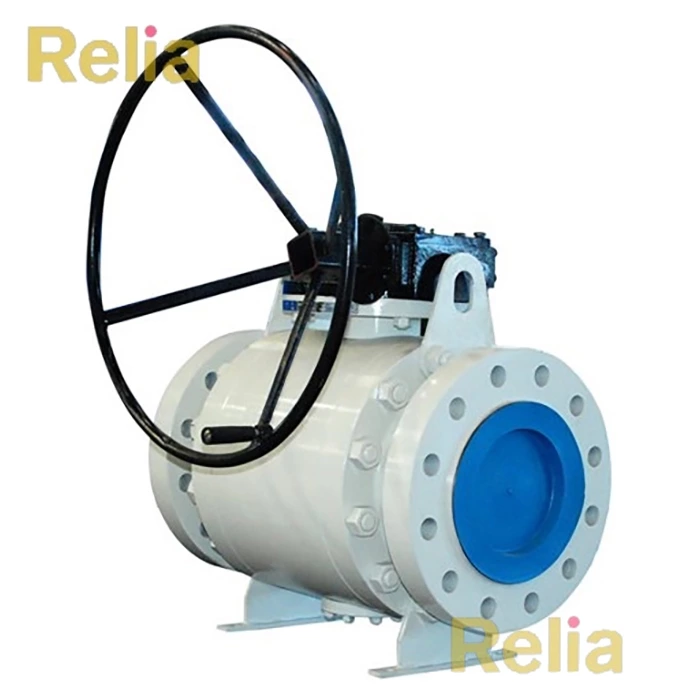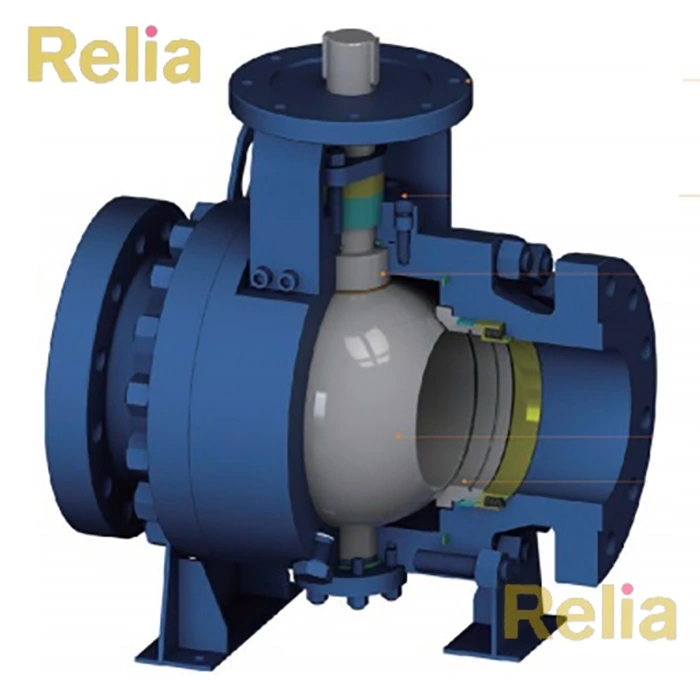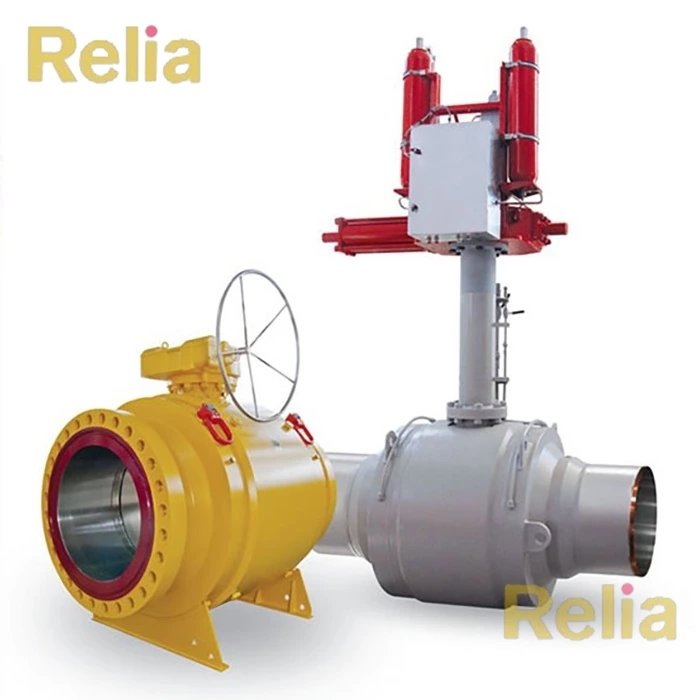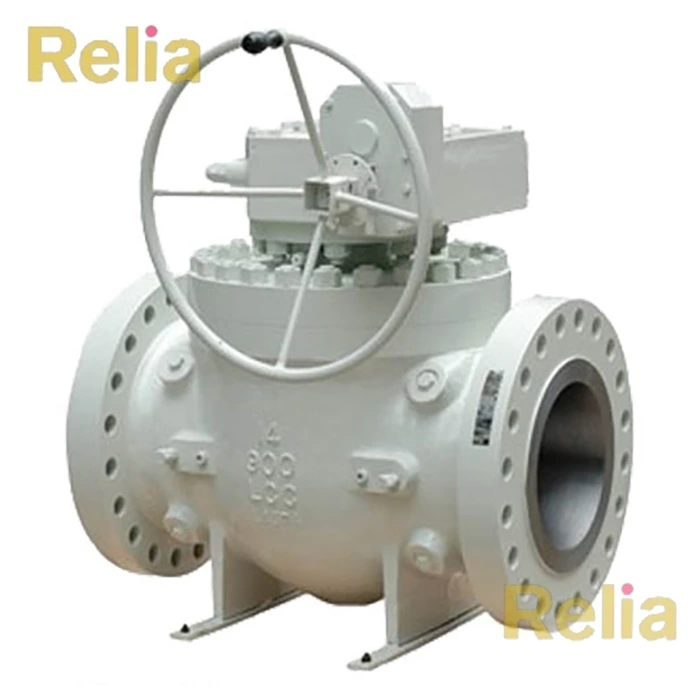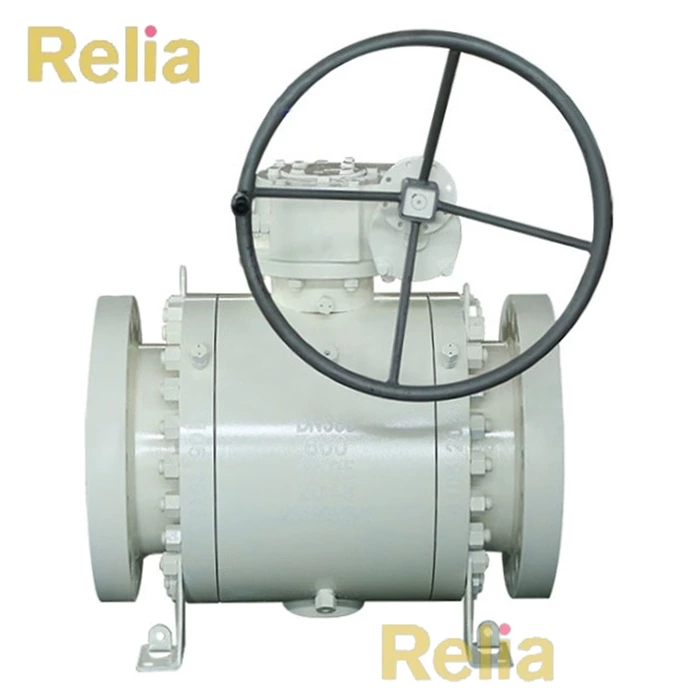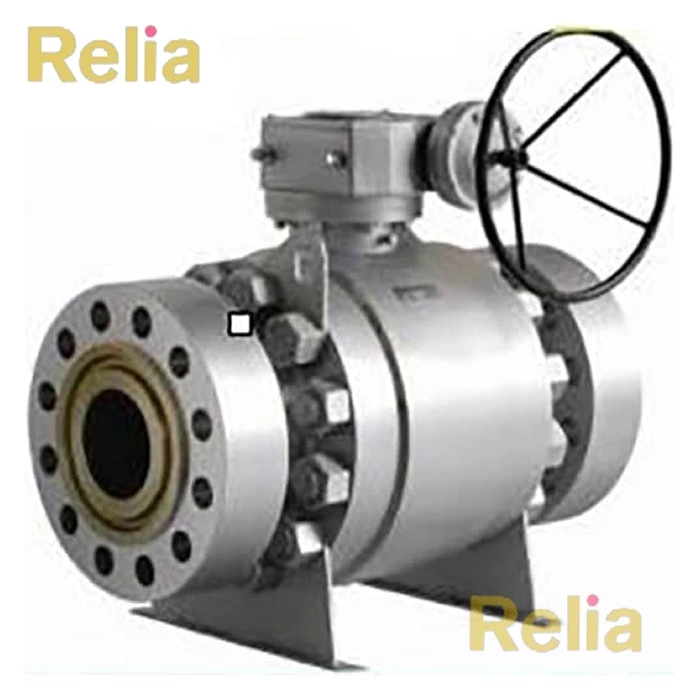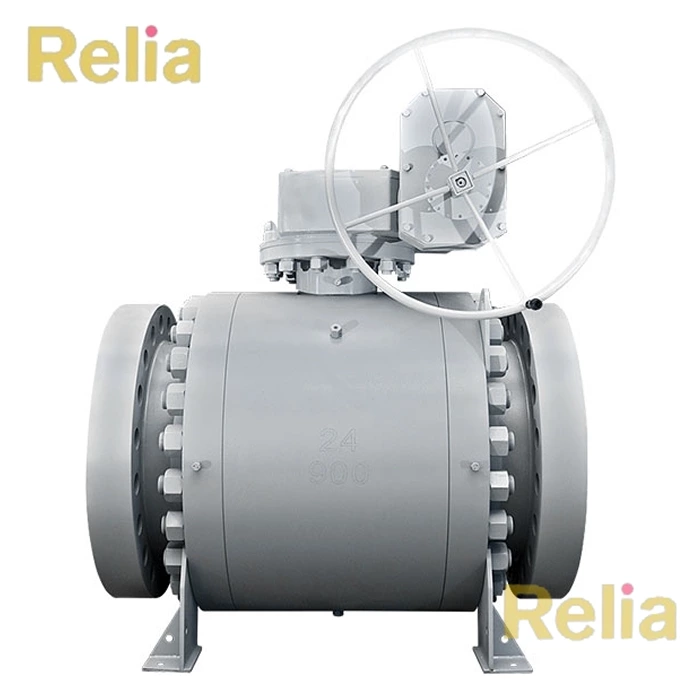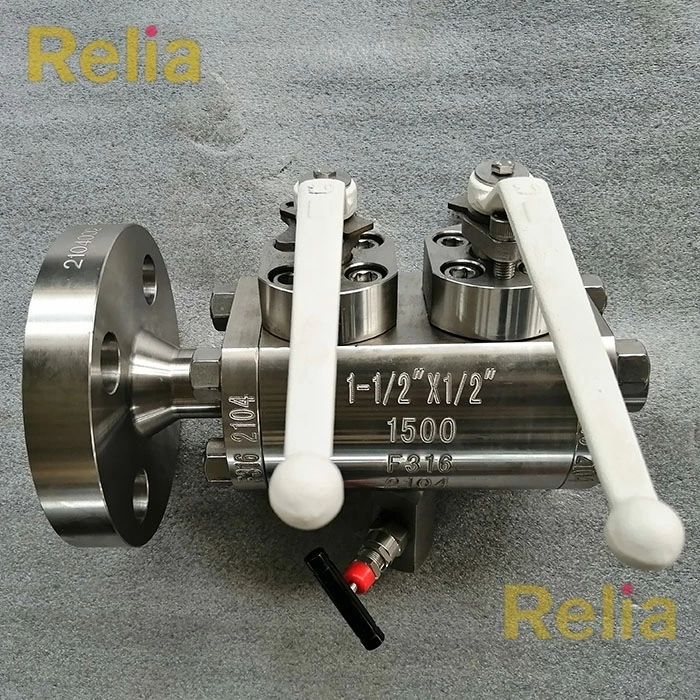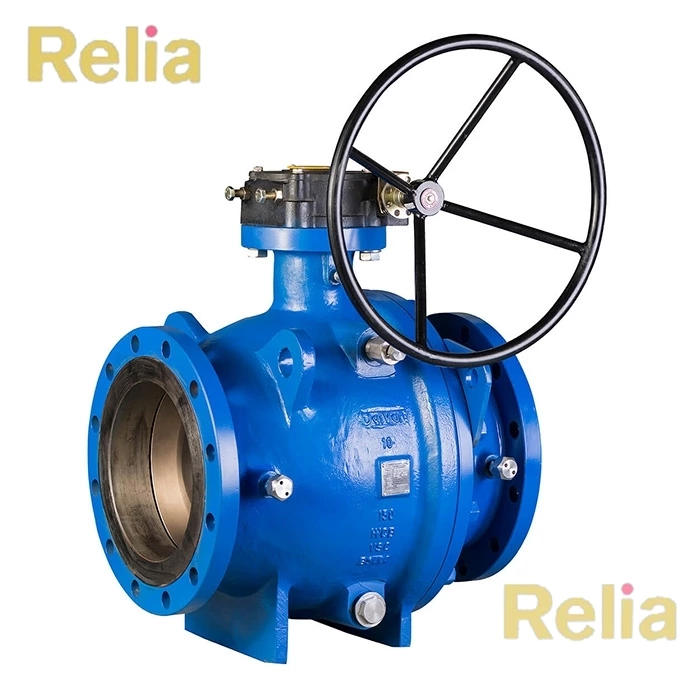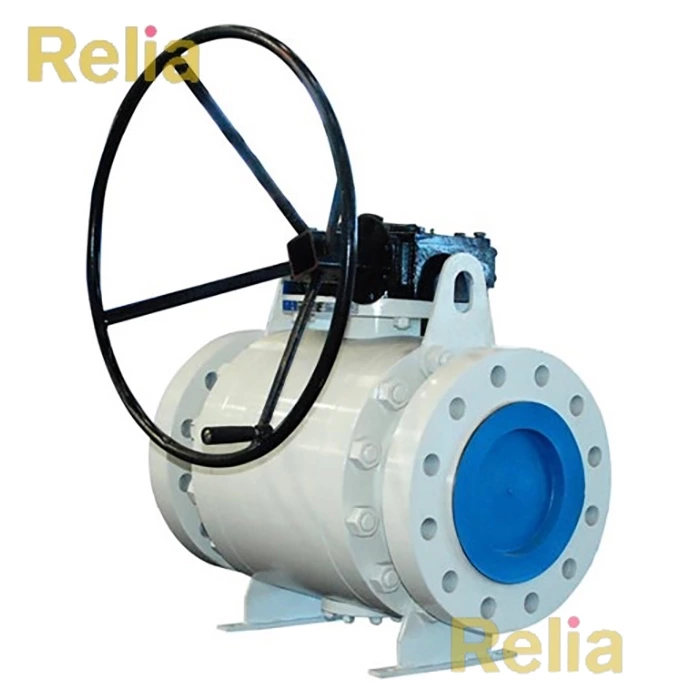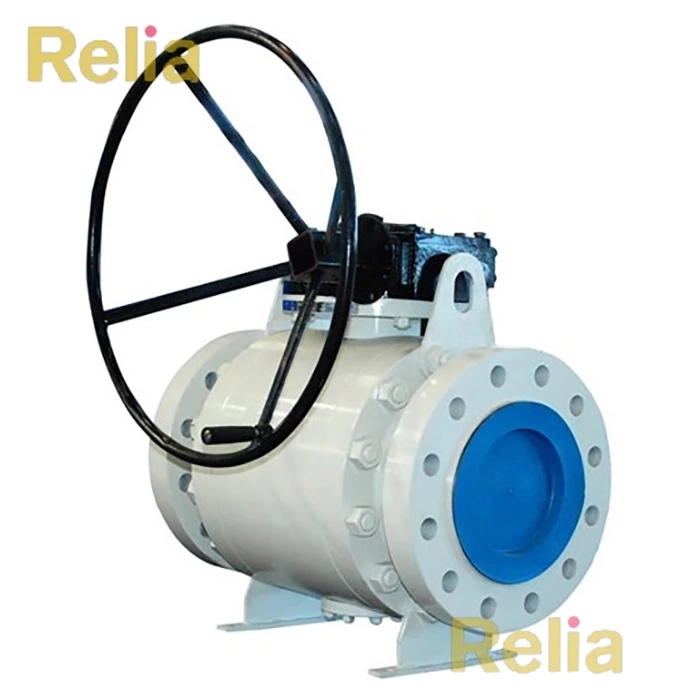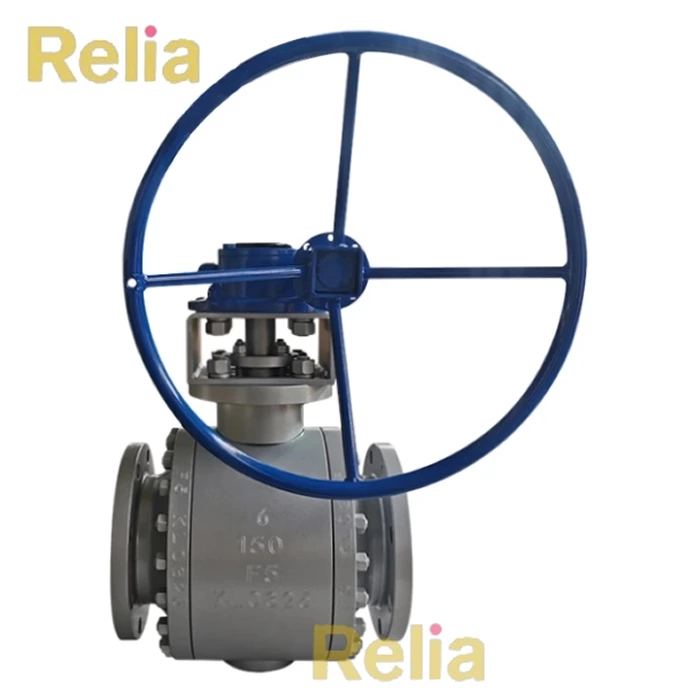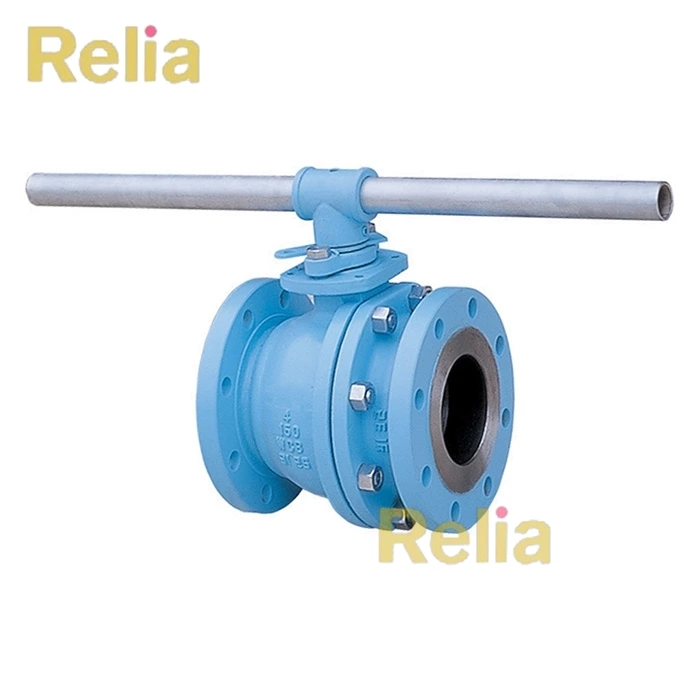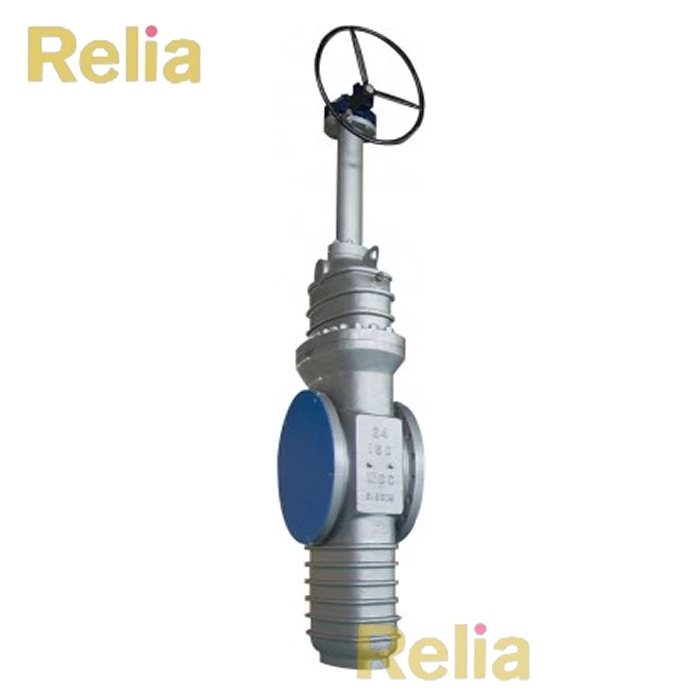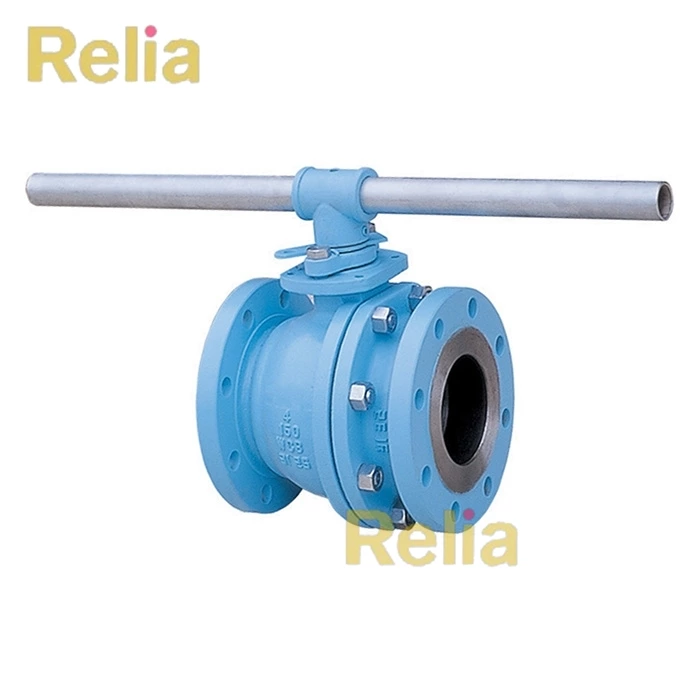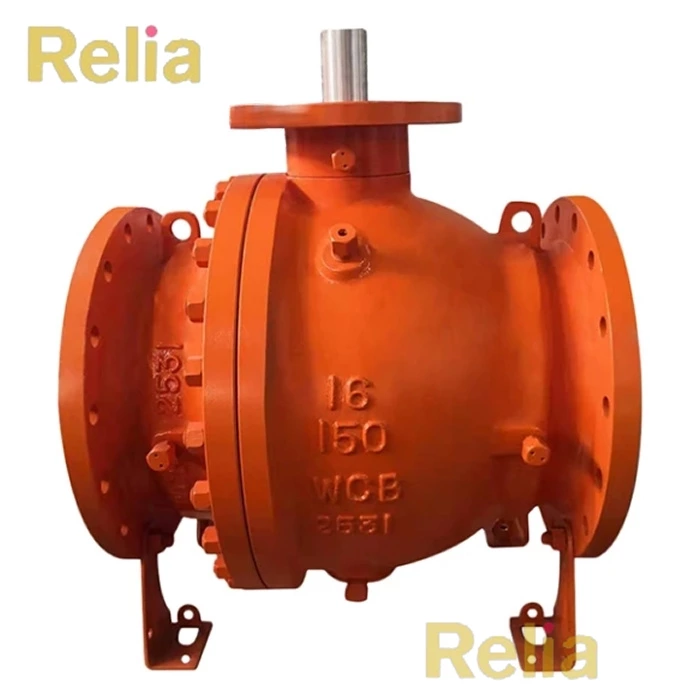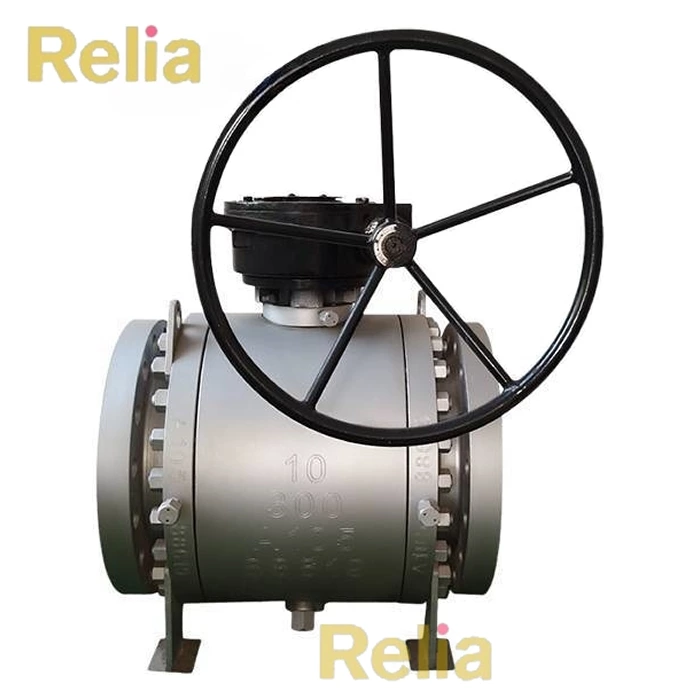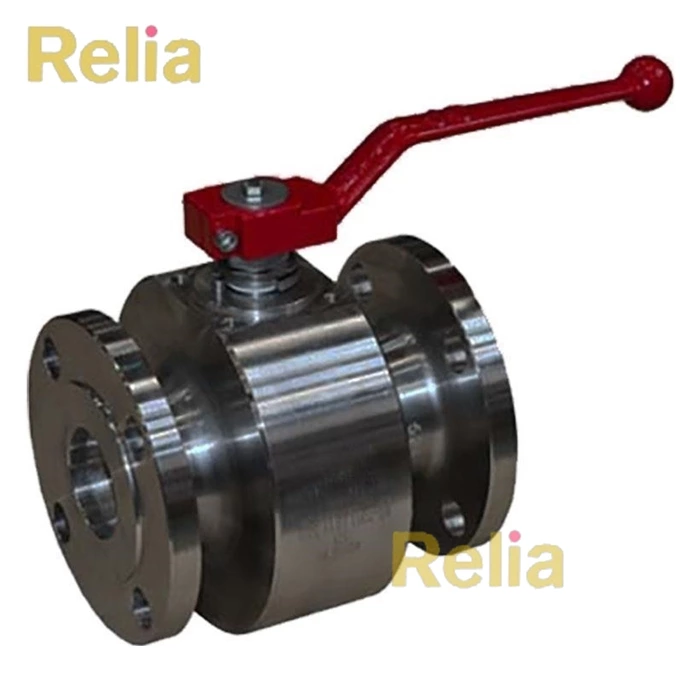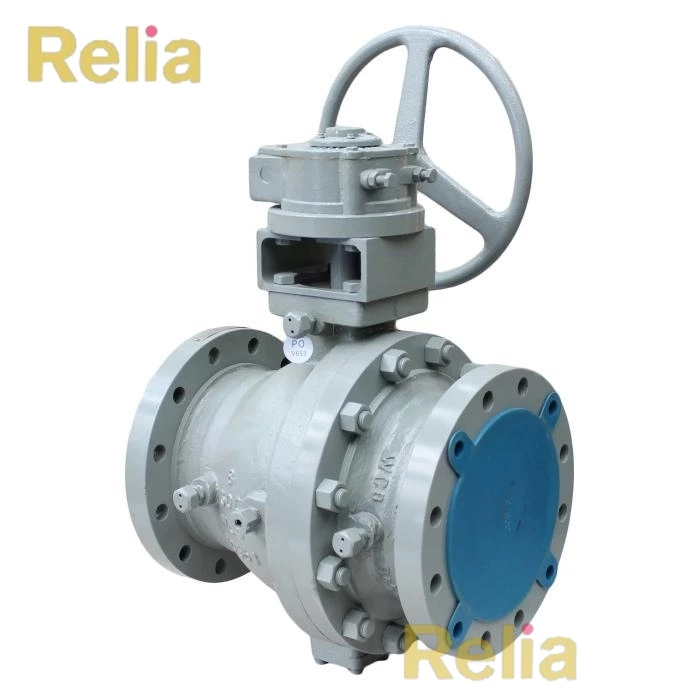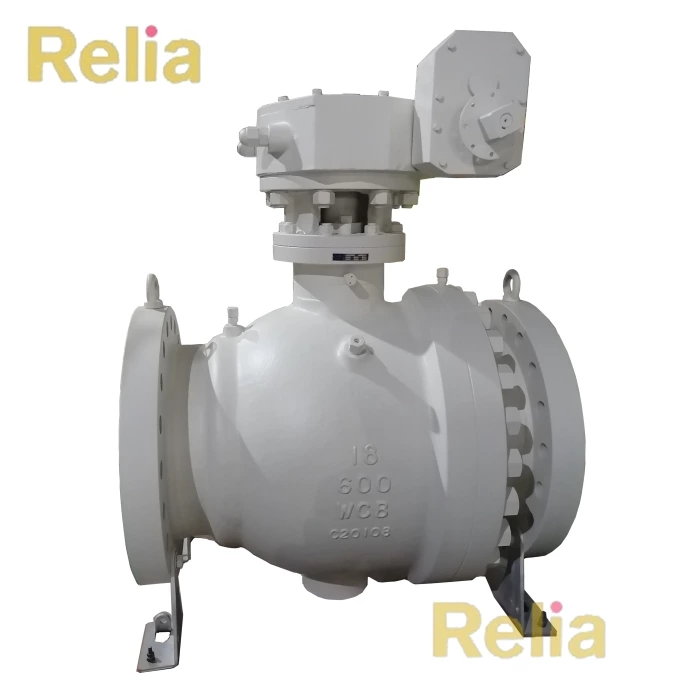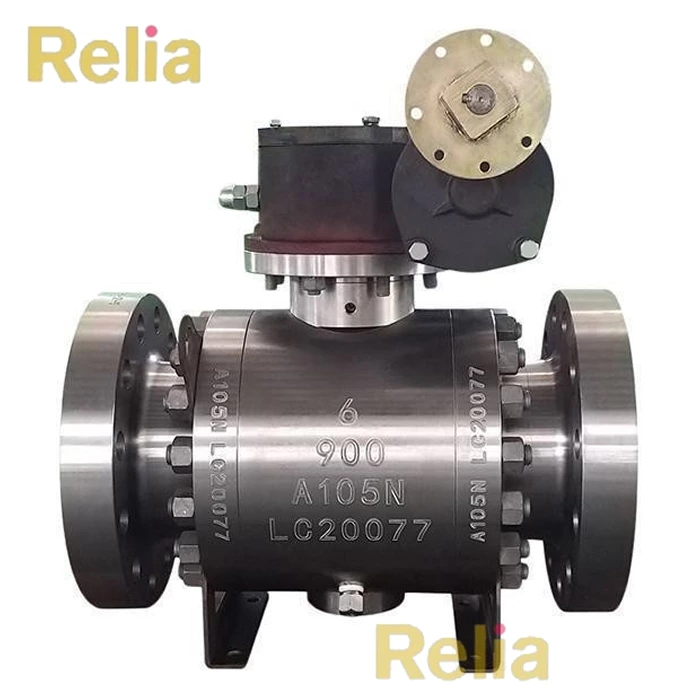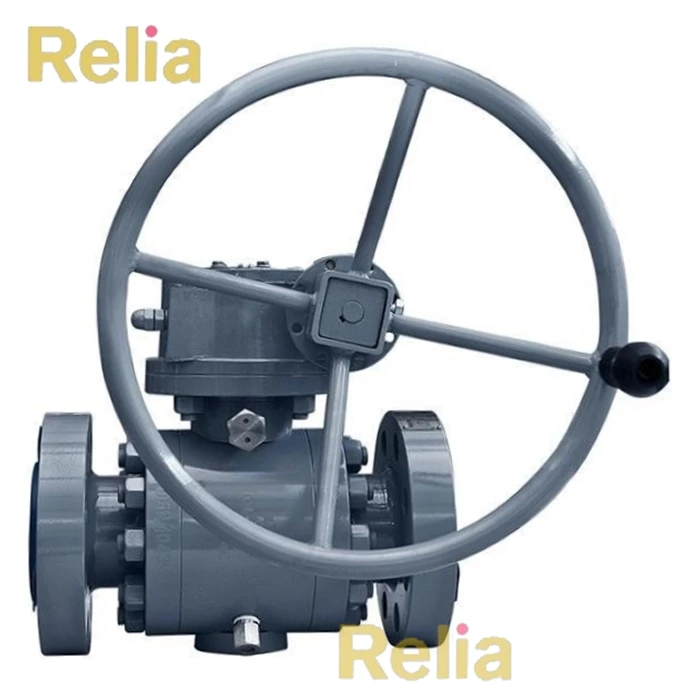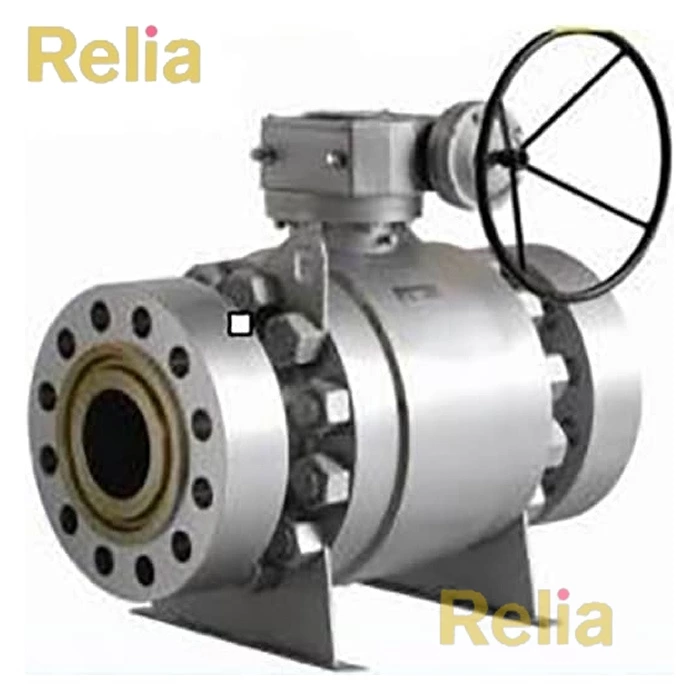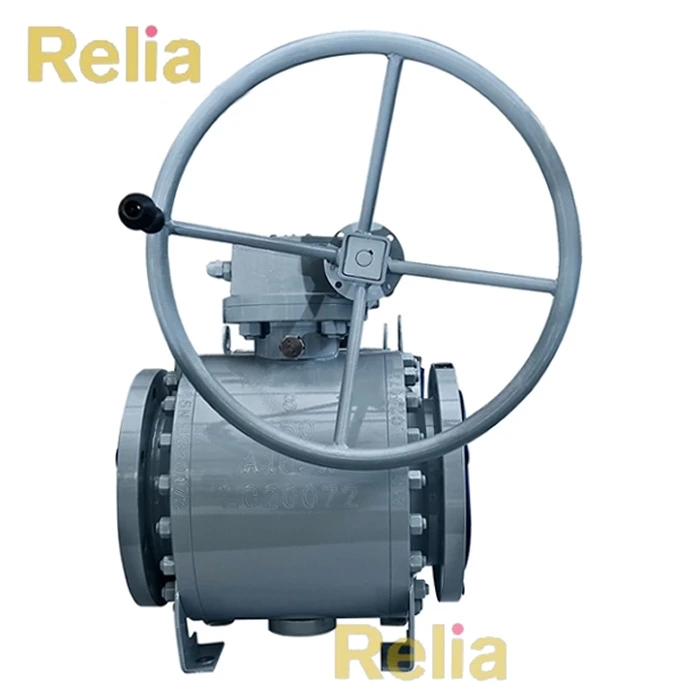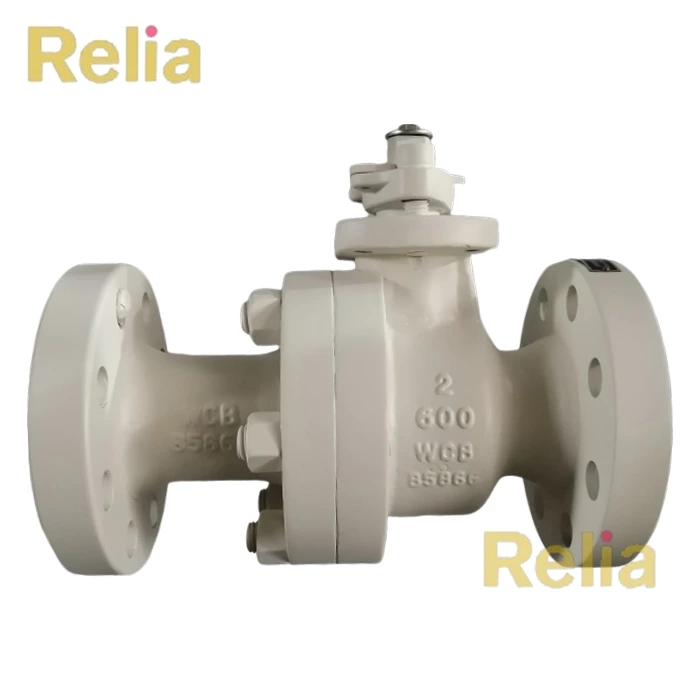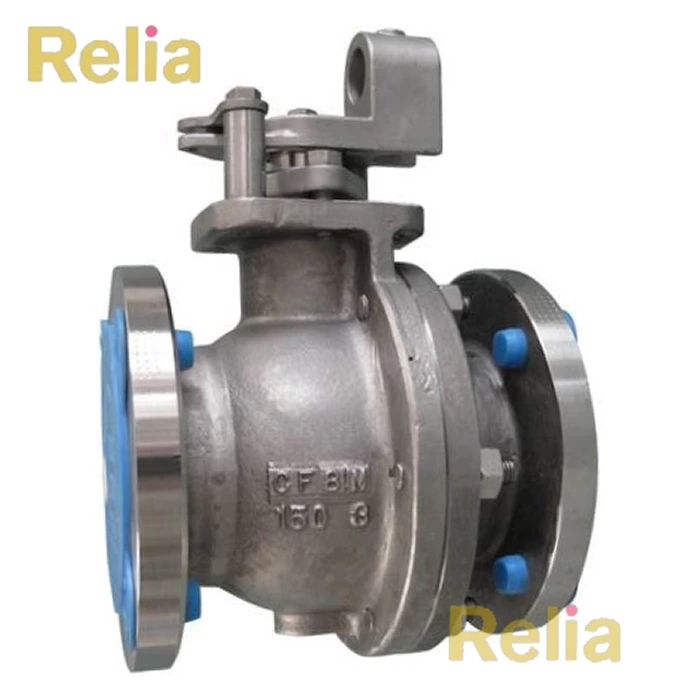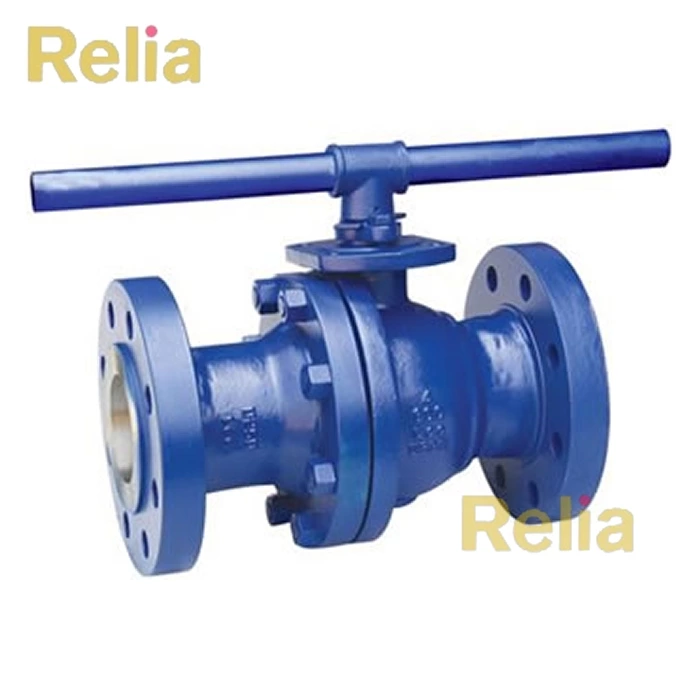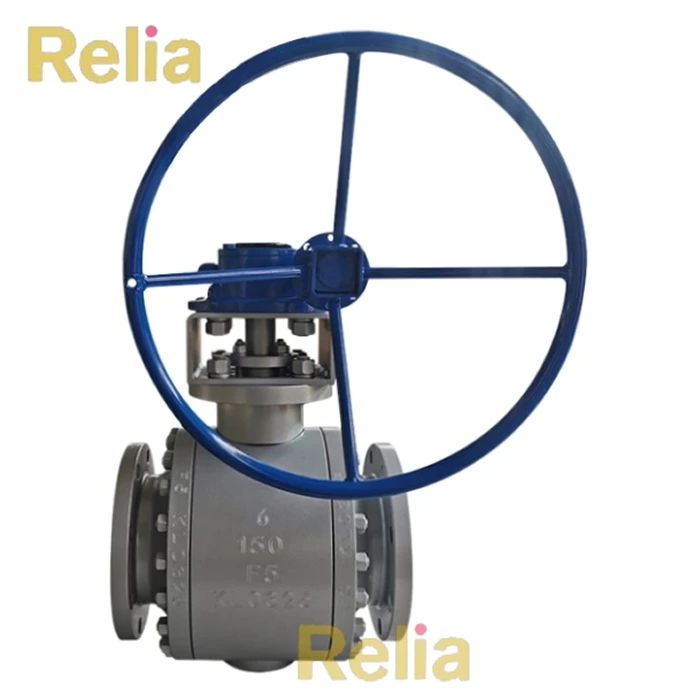Ball Valve
Relia is a ball valve manufacturer and supplier in China, supplying floating ball valve, trunnion ball valve, metal seated ball valve, top entry ball valve, and fully welded ball valve. The ball valves are made of carbon steel, stainless steel, duplex steel, and low-temperature carbon steel, etc. serving the oil, natural gas, and petrochemical industries.
Design Standard:
API 6D: Specifications for Valves
API 6D defines the requirements of axial, ball, check, gate, and plug valves for application in the petroleum and natural gas industries.
API 608: Metal Ball Valves—Flanged, Threaded and Welding Ends
API 608 specifies the requirements for metal ball valves suitable for petroleum, petrochemical and industrial applications.
BS 5351: Steel ball valves for the petroleum, petrochemical and allied industries
Basic Features
- Anti-blowout stem
- Anti-static device
- Fire safe design
- Self-relieving seat
Advantages:
- A quarter turn through the valve allows for quick opening and closing.
- It is very easy to use.
- Application as an isolation valve (on and off)
- Suitable for emergency shutdown conditions.
Design Types:
- Floating or Trunnion-mounted
- Soft-seated and metal-seated
- Full bore and reduced bore
- Body types: side entry, top entry, split body, or welded body.
- Single/double piston effect
- DBB/DIB
Valve Ends:
- Flanged ends with raised faces or ring joint faces
- Threaded ends
- Socket-weld ends
- Butt-weld ends
Valve Operator:
Ball valves can be operated by a lever, wrench, hand wheel, or pneumatic, hydraulic, or motor.
A ball valve is rotated in a clockwise direction to close and an anti-clockwise direction to open.
The maximum lever length is 450mm, and the maximum hand wheel diameter is the greater of the valve's face-to-face dimension or 800mm, whichever is less.
A gear operator is required to be provided for valves as per the below criteria:
6" & larger for Class 150 ball valves
4" & larger for Class 300 & Class 600 ball valve
3" & larger for Class 900 ball valve and onwards
Leave Us Your Info
Could you please kindly fulfill the following information when enquiring:
Valve type (ball, gate, globe, check etc.), valve size, pressure class, valve material, and end connection (flanged, butt welding etc.)
